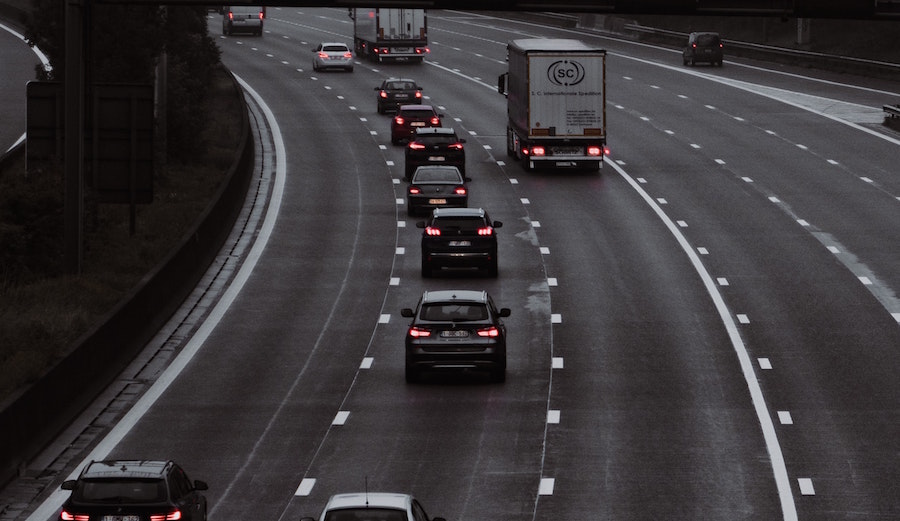
Too close for comfort.
Recent weather has created a number of hazards on BC freeways and highways, with chain reaction crashes being one of the major concerns. A chain reaction crash occurs when three or more vehicles are involved in a series of connected accidents. The force of the initial collision, combined with vehicles following closely and/or speedily behind, causes a series of rear-end collisions. Last week, two dozen vehicles, including a bus, were involved in chain-reaction collision on the Coquihalla Highway. Icy winter roads were to blame, but this threat is present at any time of the year. Below is a list of driver safety tips that will help keep you from a dangerous pileup on the road.
Practical Driver Safety Tips to Avoiding Chain Reaction Accidents on BC Highways
I. Follow from a Safe Distance
ICBC states that drivers should allow at least two seconds of space between their vehicle and the one in front when road conditions are normal. The following distance should be increased to three seconds on high‐speed roads and to four seconds when road conditions are impacted by mild fog or rain. When road conditions are extremely poor – in the presence of hail, ice, sleet, or snow – increase the distance to five or six seconds. These following-speed rules will give you enough reaction time to safely stop or swerve out of the way of a chain reaction collision.
II. Follow at Safe Speed
Even though you may be following from a safe distance (2 to 4 seconds), you and those you share the road with may be zipping along the highway at speeds in excess of the posted limits. This is very common on the likes of the Coquihalla where a game of follow-the-leader may be underway. If the driver in the front suddenly comes upon an obstacle or notices a police speed trap they will stop or slow abruptly. At high speeds, the seemingly safe following distance becomes meaningless as the gaps close and fenders hit bumpers. Disregard the excess speeds of those in front of you and stick to the posted limits.
III. Stay Away from Semi-Trucks
The chain reaction accident referenced above began when a semi-truck stopped abruptly on an S-curve on BC’s notorious highway. The involvement of large trucks is a very common theme among reported chain reaction collisions, as they create limited visibility for those following behind. Semi-trucks carrying tethered cargo also create risk, should freight (logs, pallets, etc.) come unhinged and spill onto the highway. If you can, avoid driving behind semis and other large transport trucks, and at the very least follow our 4-step guide to safe driving behind them.
IV. Drive Without Distraction
Reaction time is everything when it comes to avoiding chain reaction collisions. The biggest impediment to reaction time behind the wheel, is distracted driving. It is more of a causation factor than any semi truck or icy road. For one, keep your smartphone out of reach. In addition, when on the highway behind vehicles avoid fiddling with climate, GPS, and auto-infotainment controls along with other unanticipated distractions. Other things that you’re doing to reduce your reaction time may be admiring the BC highway scenery or even looking out for speed traps on the sides of the asphalt. Of course, the threat of distracted driving does not just exist within the confines of your vehicles, as drivers around may not be as cautious as you plan to be. For this reason we suggest that you reference our guide to avoiding distracted drivers who are on the road with you.
Follow the above tips and you will greatly decrease your risk of being involved in a chain reaction collision. At the same time, take steps to ensure that you have adequate insurance coverage by updating your automobile insurance today.